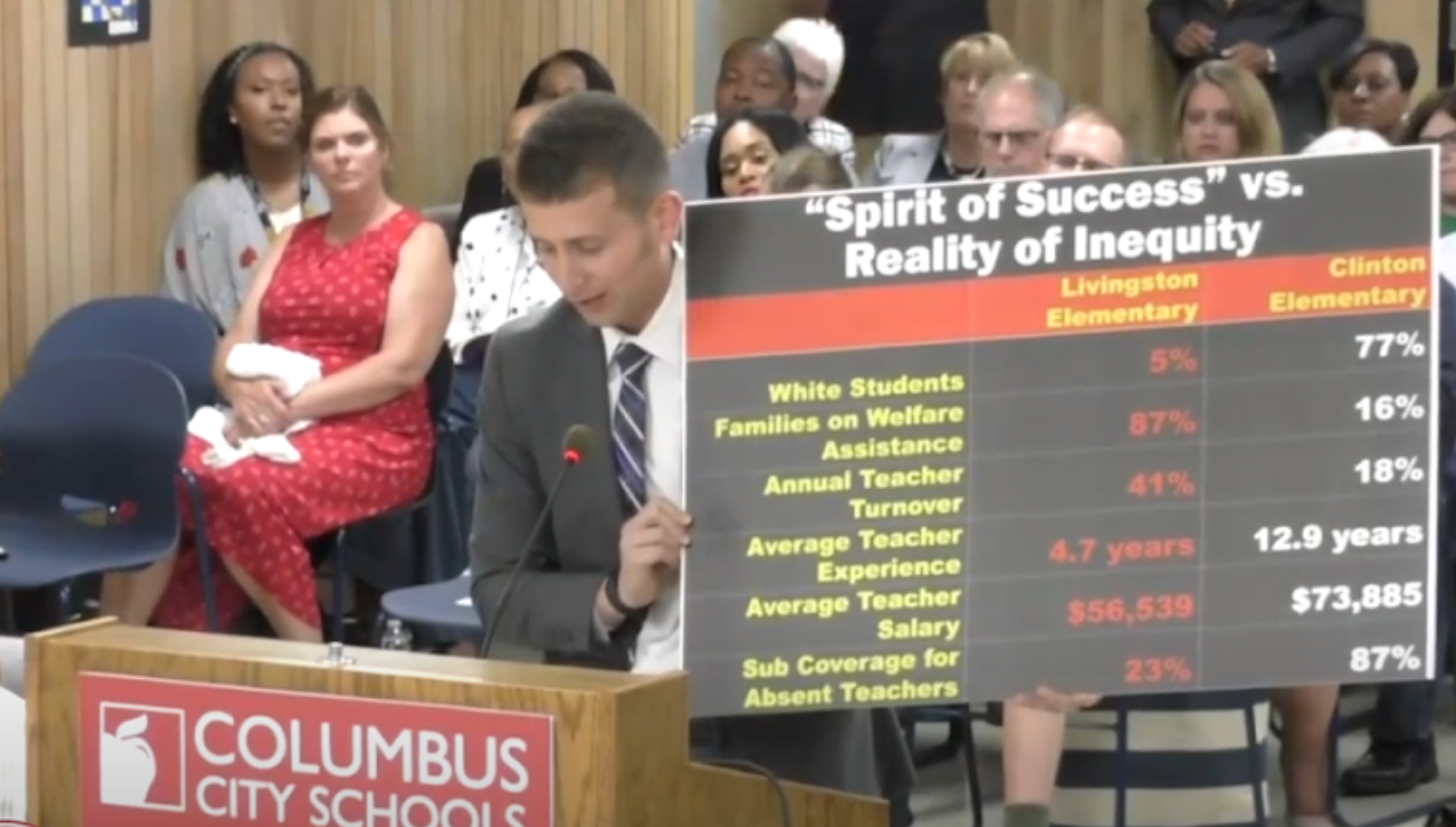Vladimir Kogan, The Ohio State University

Dr. Vladimir Kogan is an associate professor at the Ohio State University Department of Political Science and John Glenn College of Public Affairs (by courtesy). His research focuses on education governance and policy and has been published in the American Political Science Review, American Journal of Political Science, Journal of Politics, Journal of Public Economics.
School Board Junky Wants Answers
April 12, 2021 by Vladimir Kogan
The United States doesn’t have just one K-12 public education system — we have over 13,500 different ones. Our schools are organized around geographic school district, and at the top of each sits a board of directors, typically elected by voters. The decisions school board members make impact almost every aspect of a student’s educational experience and shape every consequential policy one can think of — including choice of curriculum, the process for evaluating teachers, the requirements students must complete to graduate, and the disciplinary policies that result in student suspensions. Not to mention the hundreds of billions of tax dollars these boards allocate each and every year.
As someone who considers myself to be a bit of a school board junky — I first started attending school board meetings in my hometown when I was the editor of my high school paper, continued doing so as an education reporter in San Diego, and now do so as a parent — I have always been fascinated by the people who serve on these boards and the decisions they make. School board meetings combine a mix of highly choreographed pageantry, staged political theater, and serious deliberation about pressing policy issues that directly affect student learning in the classroom. Surprisingly, however, we no almost nothing about how what these boards actually do. How much of their time is spent discussing student outcomes and interests, and how much is instead focused on adult issues, whether divisive political debates or questions relating to the compensation of adult school employees and outside contractors? What sort of evidence do board members us to reach their decisions, and how carefully do they evaluate the efficacy of their intervention? Who actually attends these board meetings and participates during public comment (aside from, cough cough, political science professors who show up with giant signs)? Surprisingly, we don’t know the answer to any of these questions.
This project will allow us to, for the first time, systematically paint a picture of what school board members do. I hope that it can also help shed light on what works and what doesn’t in school district governance, and what reforms can improve the outcomes of students — the primary constituency that public schools are supposed to serve, but who play no direct role in the election of people who control their education.
